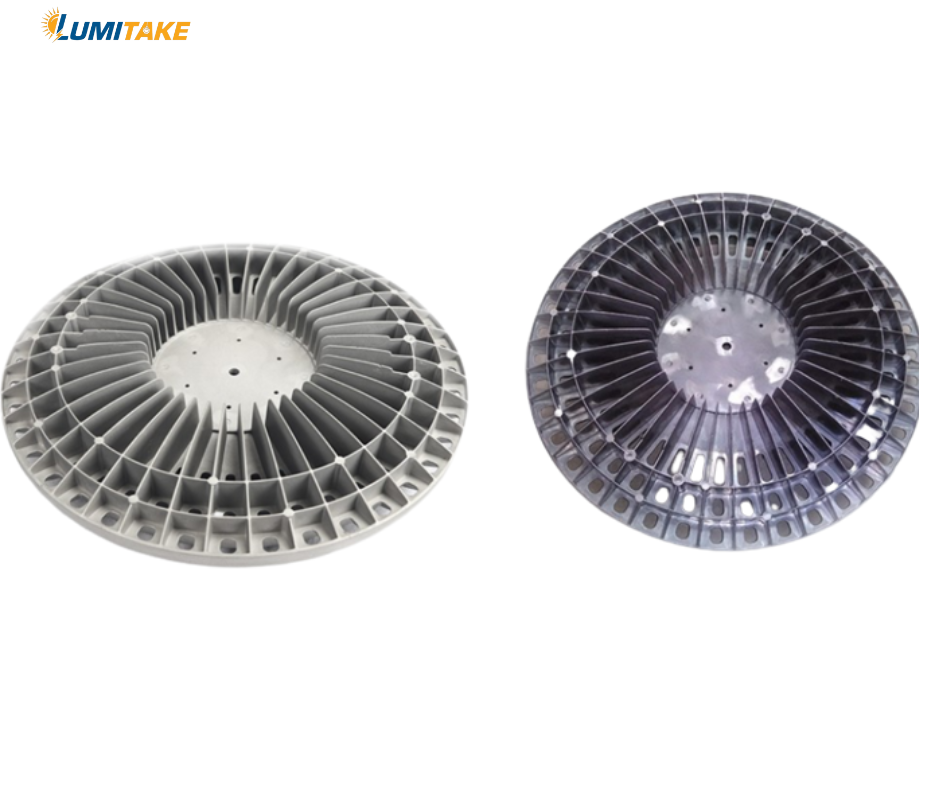PCB BOARD IN LED LIGHT
In an LED (Light-Emitting Diode) light, the term "PCB part" likely refers to the printed circuit board used to power and control the LEDs. The PCB (Printed Circuit Board) is an essential component of LED lights and plays a crucial role in their functionality. The PCB part in an LED light typically serves the following purposes: Mounting LEDs: The PCB has pads and traces designed to accommodate and connect the LEDs properly. LEDs are semiconductor devices that emit light when an electric current passes through them. The PCB provides a platform to position and solder the LEDs securely. Electrical Connections: The PCB contains conductive traces that connect the LEDs to the power source (such as a battery or AC power supply) and any necessary control circuitry. These traces ensure the flow of current to the LEDs, enabling them to emit light. Control Circuitry: In some cases, LED lights have additional control circuitry on the PCB. This may include resistors to limit current, capacitors for filtering, and sometimes microcontrollers or other components to manage the brightness or color of the LEDs. Heat Dissipation: LED lights generate heat during operation. The PCB's design may incorporate thermal vias or heatsinks to dissipate this heat efficiently. Proper heat dissipation is crucial for maintaining the LED's performance and prolonging its lifespan. Power Regulation: Depending on the type of LED light, the PCB may include components for voltage regulation, current control, and protection against voltage spikes or overcurrent conditions. Connectors and Wires: The PCB may also have connectors or solder points to attach power cables or other accessories to the LED light. Overall, the PCB is the backbone of an LED light, providing mechanical support, electrical connections, and sometimes intelligent control for the LEDs. Its design and components can vary depending on the specific application and features of the LED light.

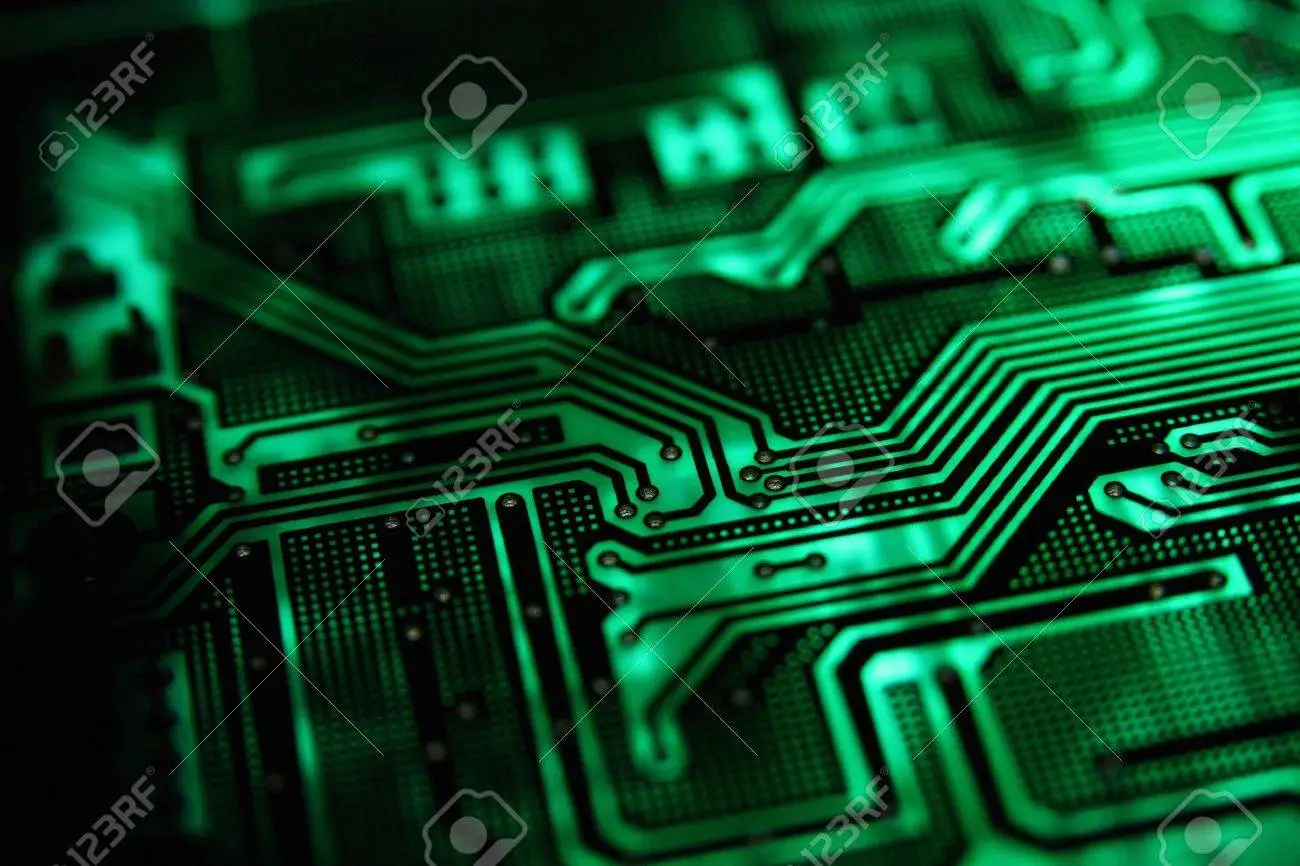
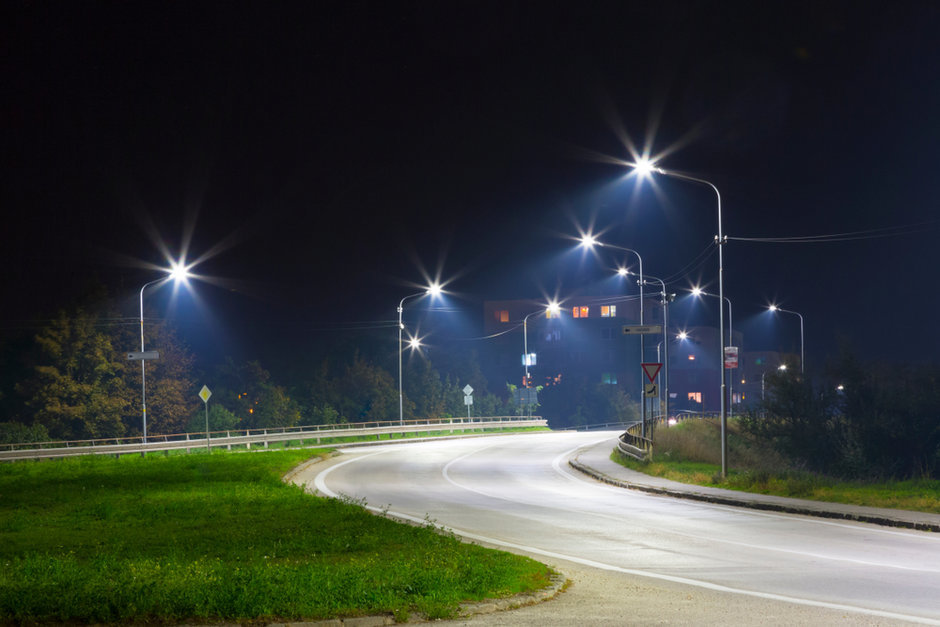
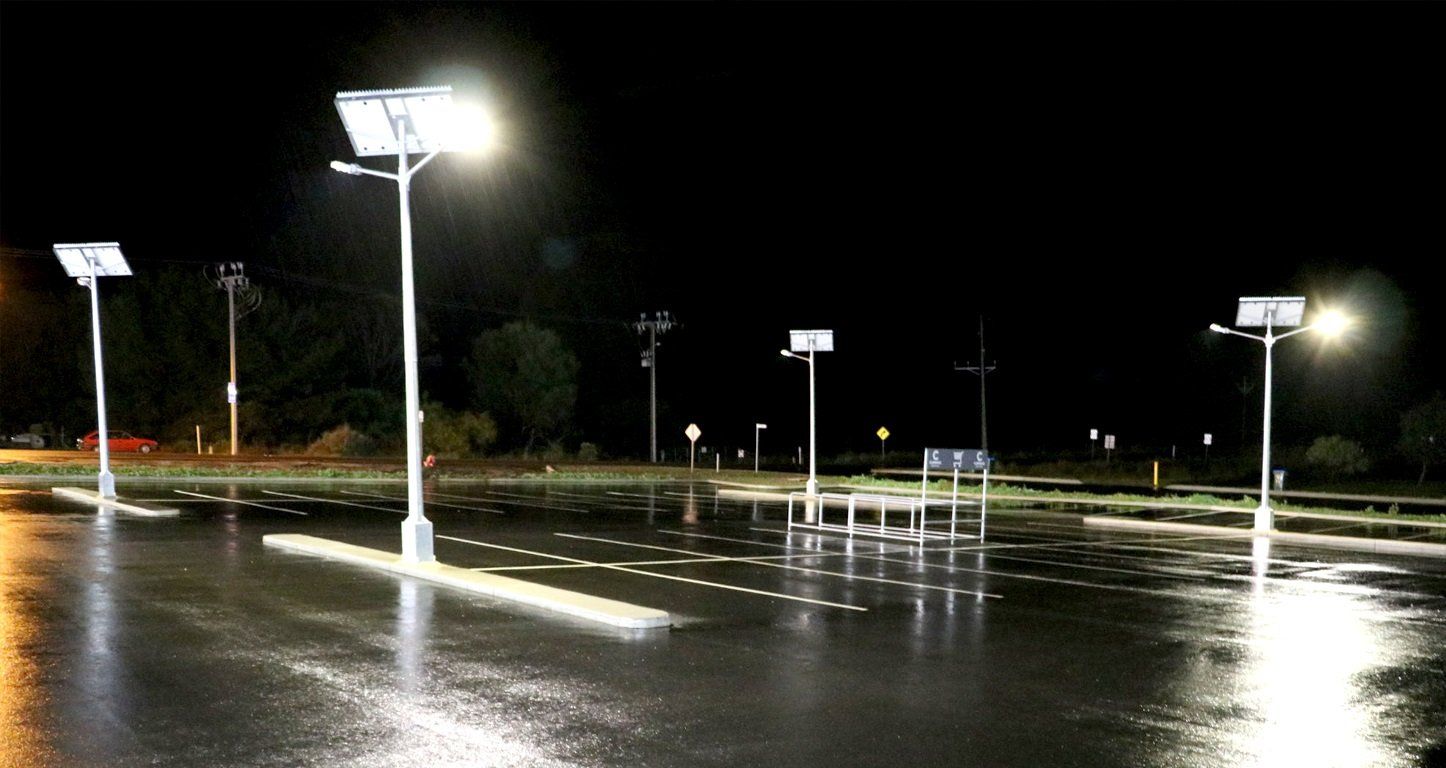
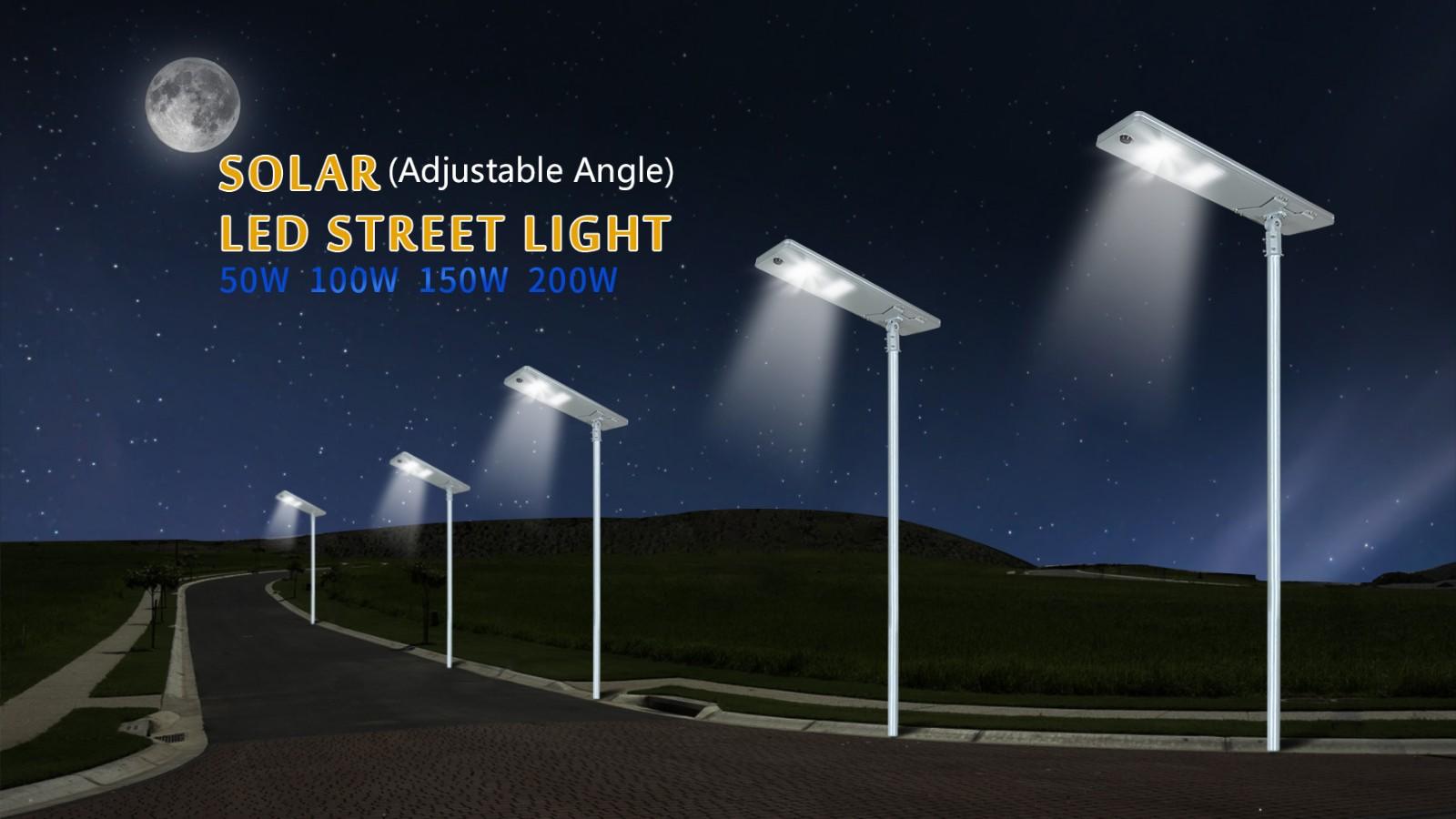
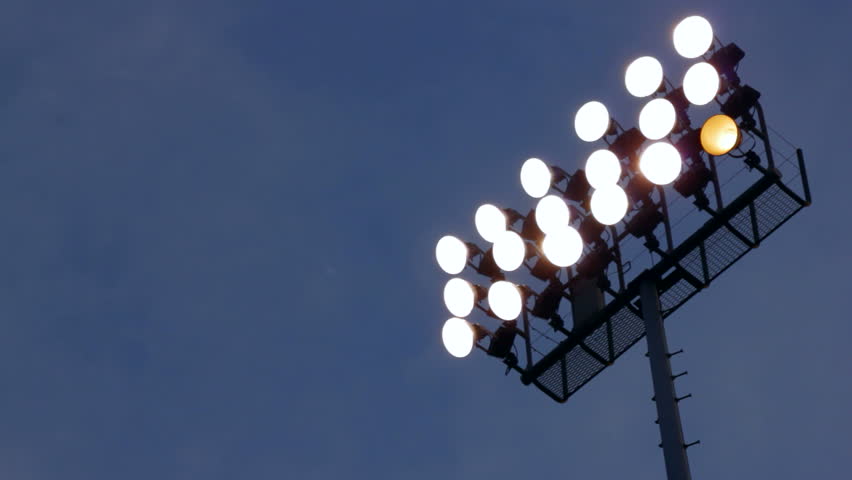
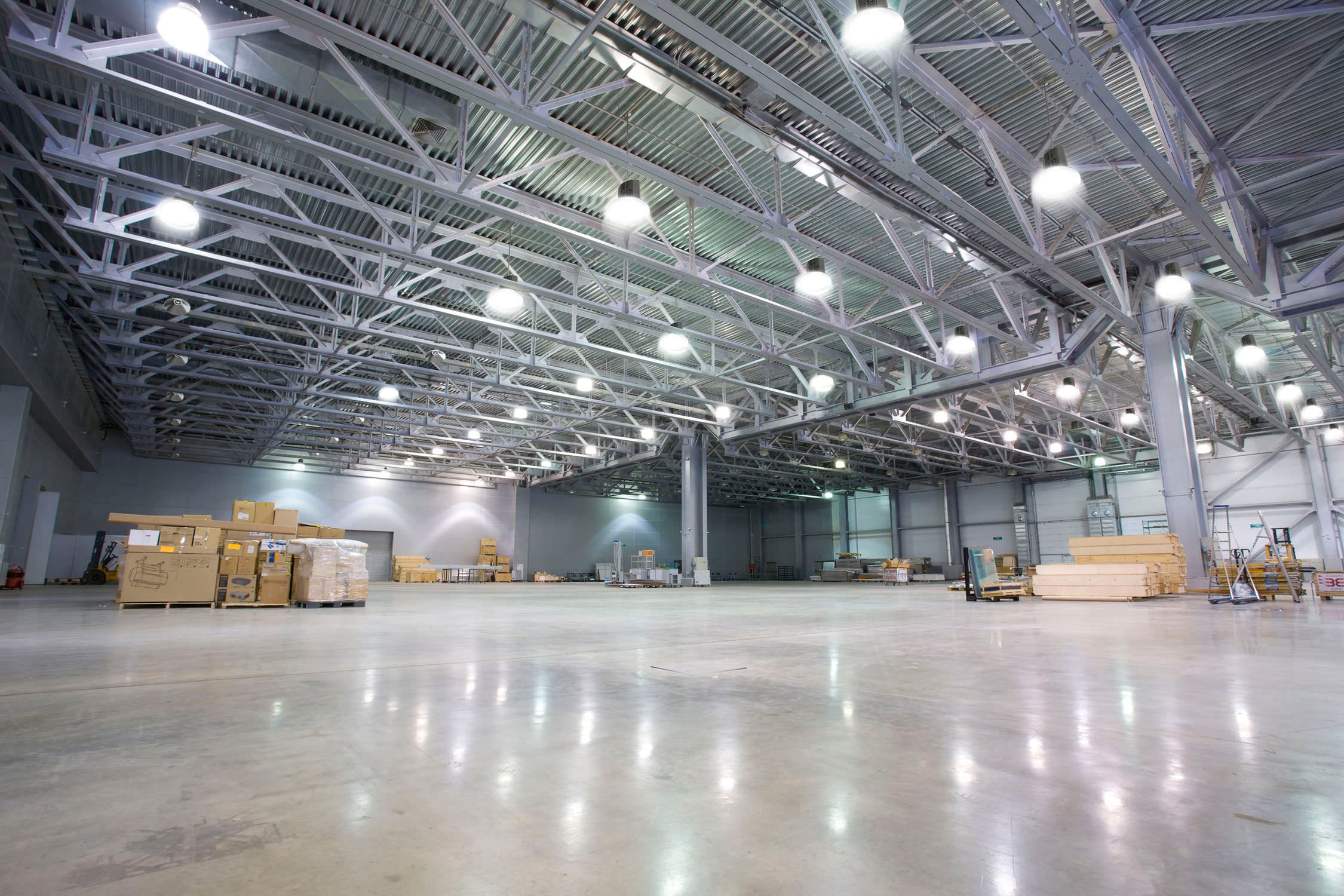
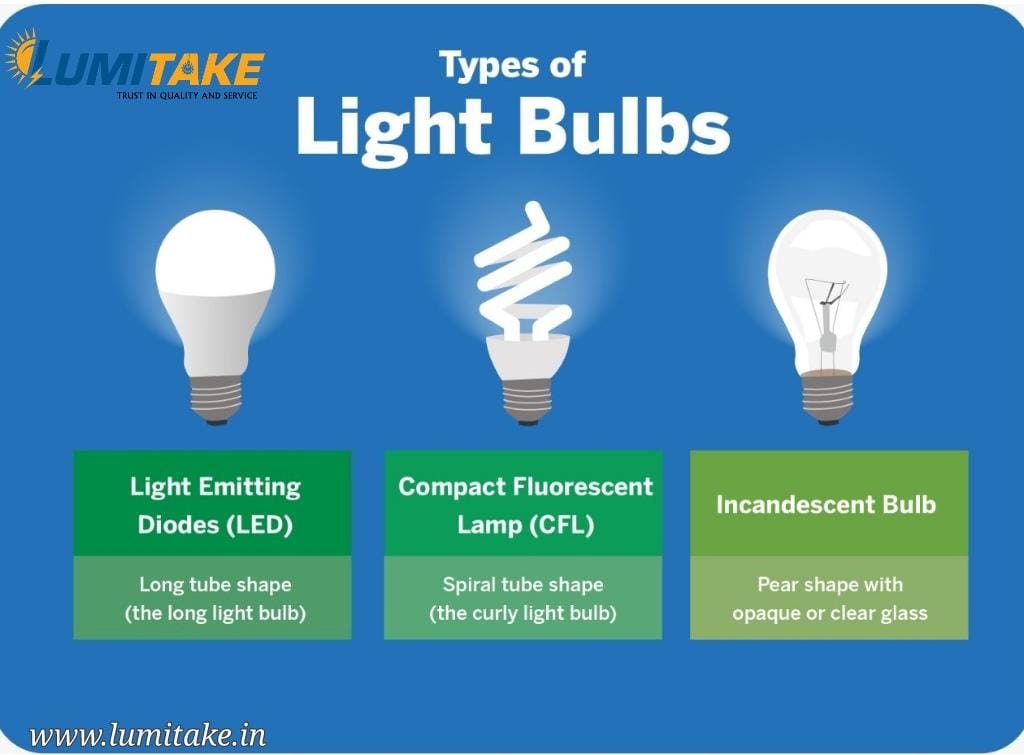
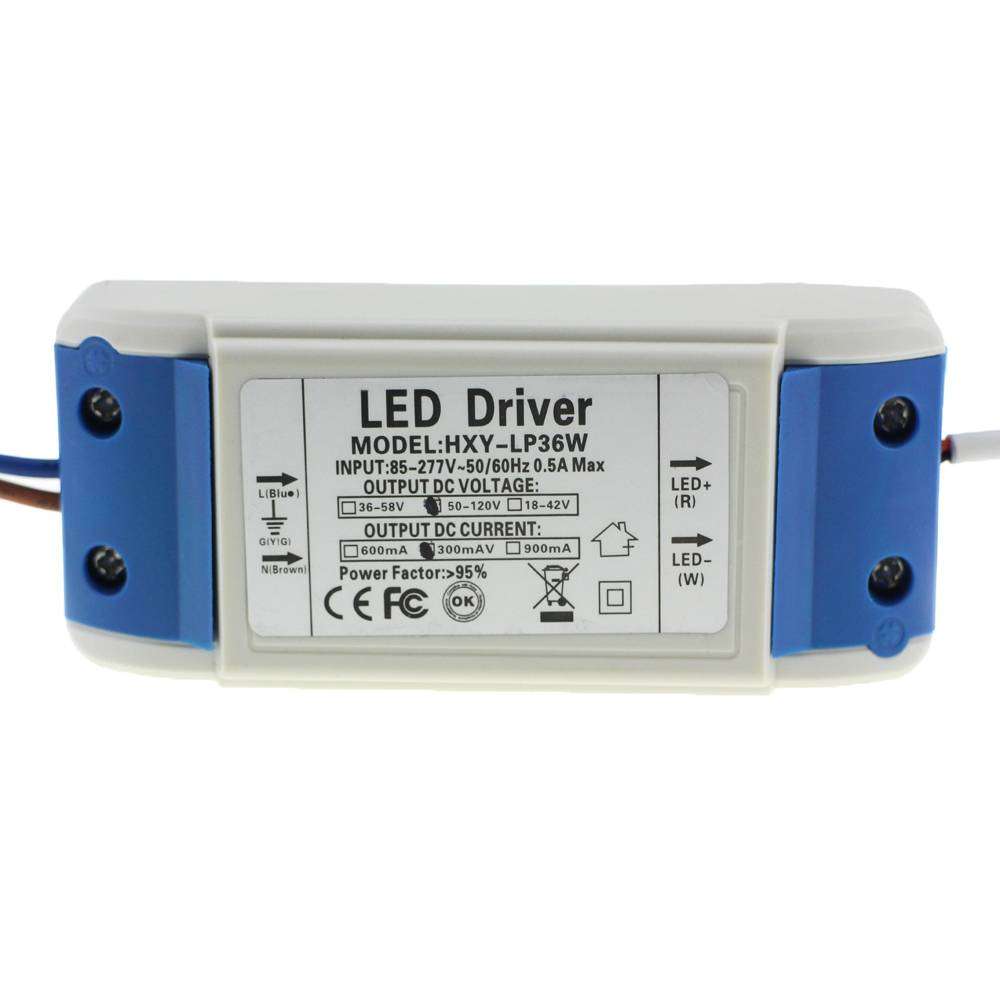
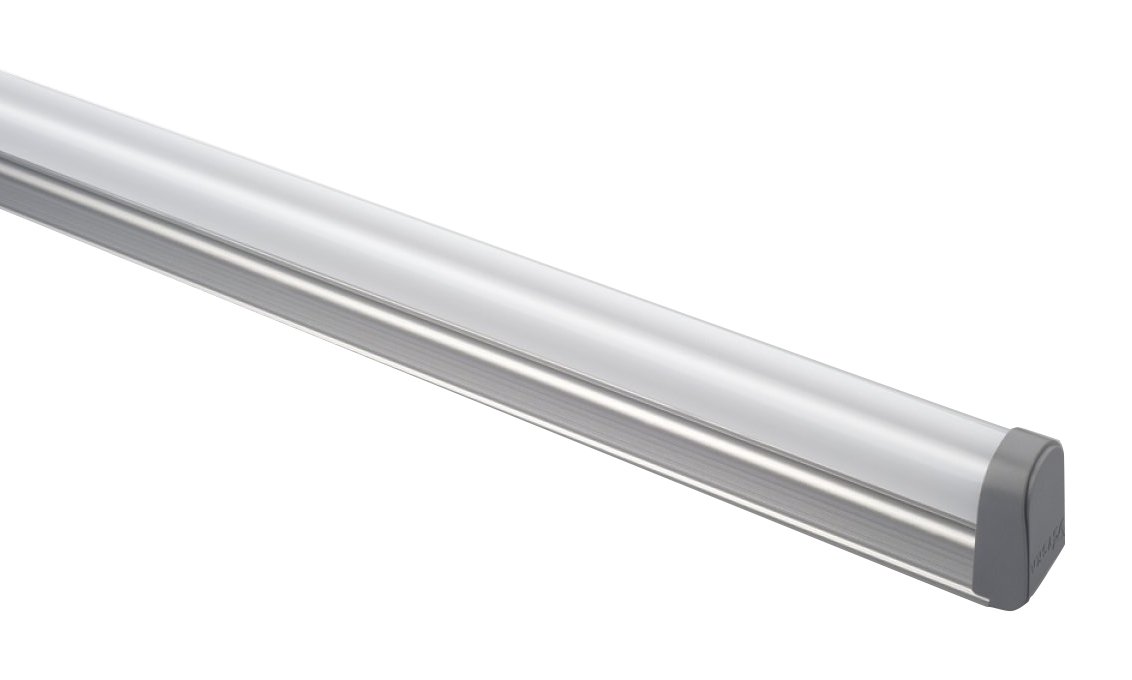
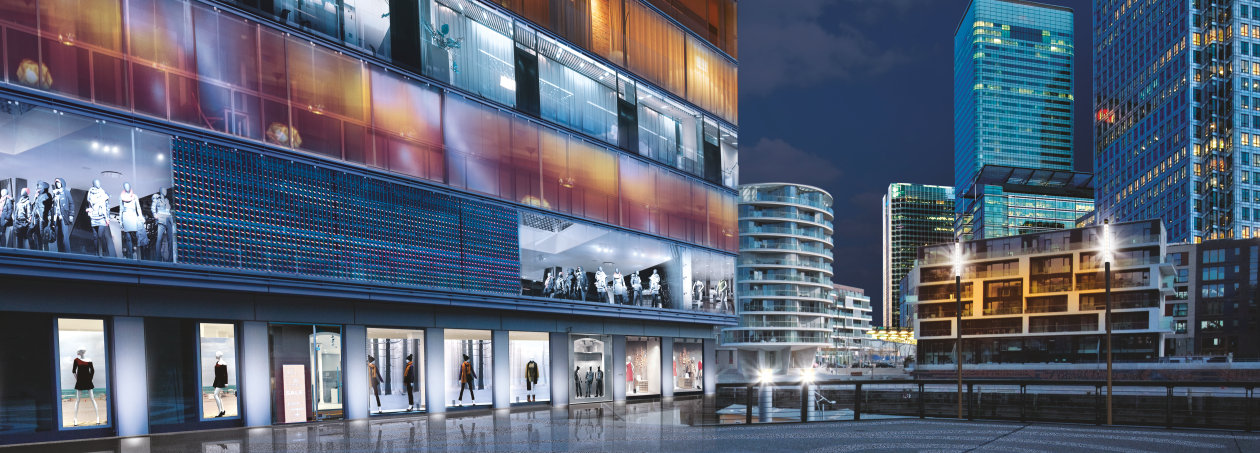
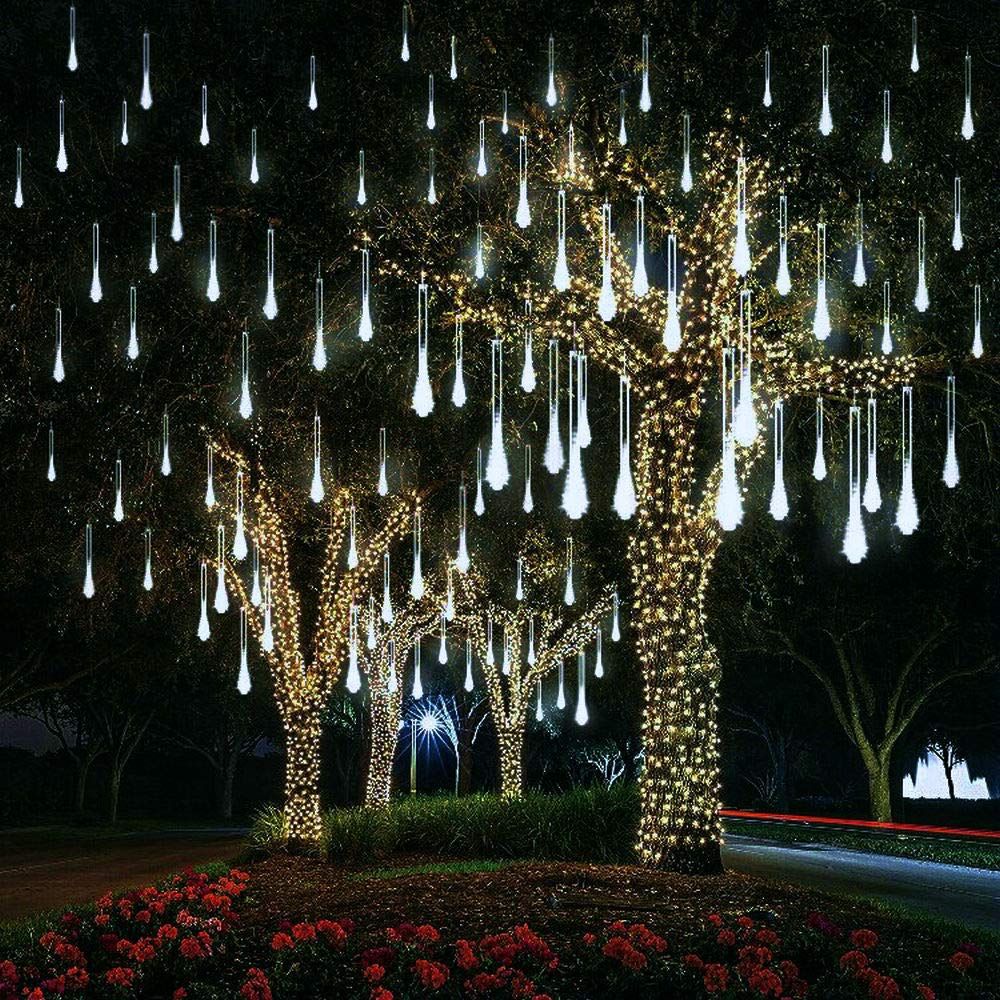
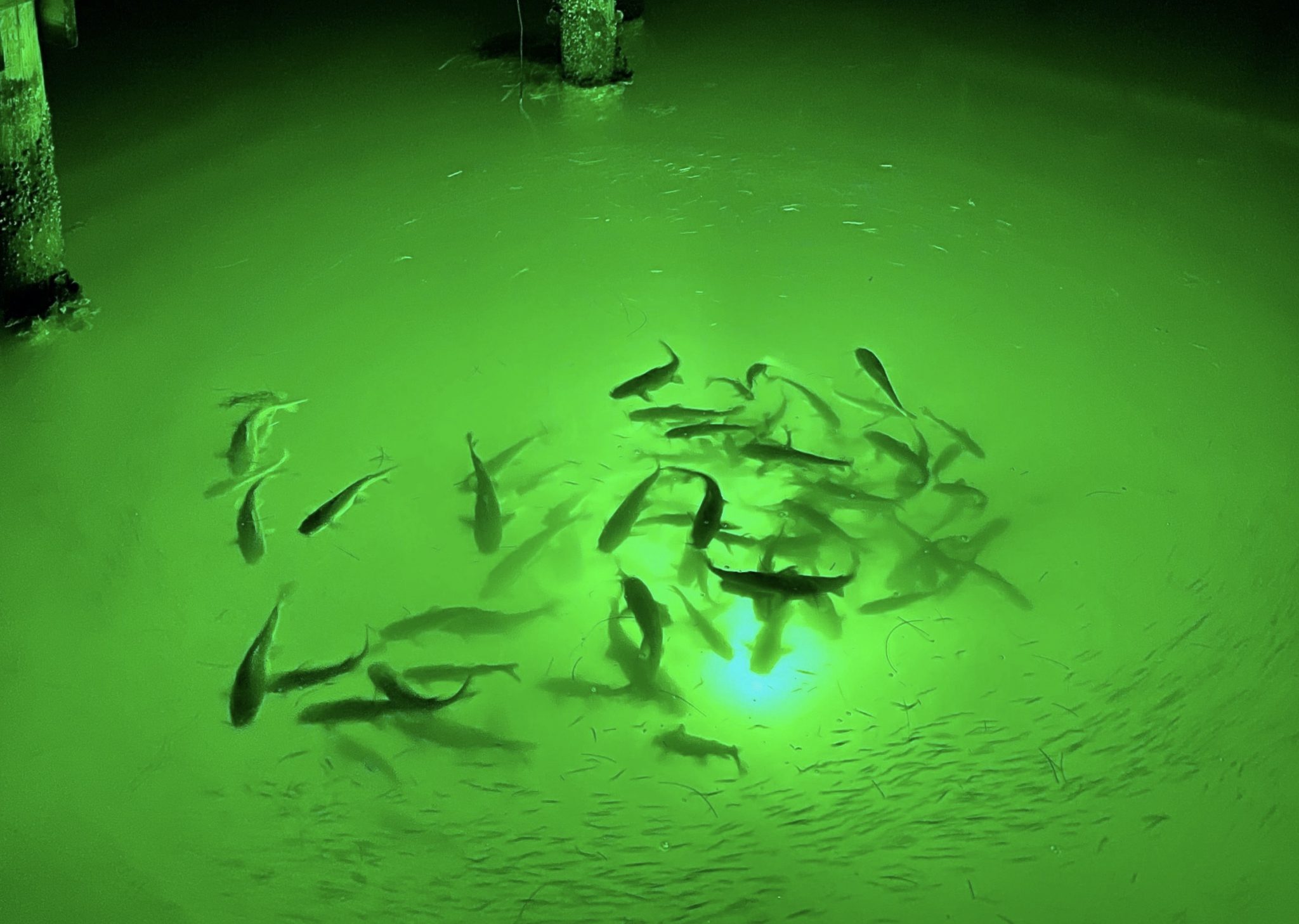
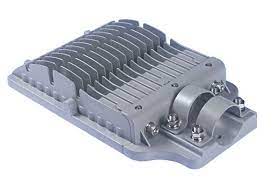
.jpg)
